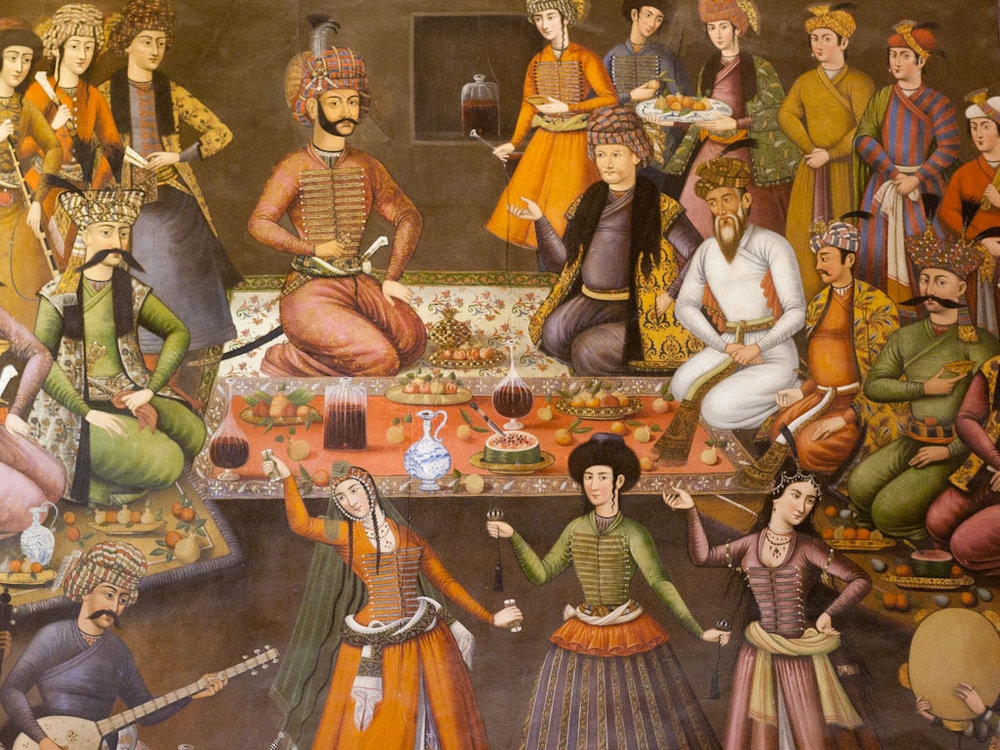Eating like an Iranian: A survey on Persian food
PART FIVE

In this series of articles you can trace cookery art in Iran during history up to present. The survey sheds light on different aspects of Iranian life, culture and civilization.
Safavid Era (1501– 1736)
Due to a variety of documents about Iranian cuisine, which can be found in travelogue written by foreign adventurers and cookbooks by Iranian authors, we can explore Iranian cooking in court and by ordinary people from this era on.
Several globe trotters including French traveler Jean-Baptiste Tavernier (1605 – 1689) and Italian explorer Pietro Della Valle (1586 –1652) travelled to the country during Safavid era and attended feasts held by the Safavid kings at the court.
Most of foreign explorers who travelled to Iran during that era, stressed on luxurious cookery at Safavid court from cooking to food manners and hosting.
Cooking in Iran enjoyed a wide range of variety during that era. According to documents, over 60 different kinds of Aash (Iranian soup), 55 kinds of rice cooking as well as different foods including kookoo (a kind of Persian frittata), dolmeh (a kind of Persian stuffed vegetable dish), kufteh (Persian meatball with rice) and borani (Persian appetizer made with yogurt and some type of vegetable) were cooked during Safavid dynasty.
Due to a variety of documents about Iranian cuisine, which can be found in travelogue written by foreign adventurers and cookbooks by Iranian authors, we can explore Iranian cooking in court and by ordinary people from Safavid era on.
At feasts held by courts, foods were served in covered big trays in a raw and different kinds of fruits, nuts, confectionaries and sherbets were also available in addition and the main course for the guests.
Using spoon was not still customary during that time and people ate food with their hands in a shared big tray. Servants provided guests with aftabeh-lagan (metal bowl and pitcher set) to wash their hands before and after their meal. Sherbets were also served with big wooden spoon during that era.
According to “Giro Del Mondo”, a travelogue written by the 17th century Italian adventurer Giovanni Francesco Gemelli Careri, Iranian nation were “economical” in cooking.
He said that their breakfast is in “Azari” manner, which is a combination of bread and yogurt sometimes accompanied with a fruit.
Rice was mainly served in lunch and dinner. He called “dinner” as the main meal during Safavid era in Iranian families.
Rice, Yakhani or Ab Gusht (Iranian stew made with lamb, chickpeas, white beans, onion, potatoes, and tomatoes, and dried lime) and roasted meat or chicken were served as dinner.
During that time, foodstuff were available and offered in low-price except during draught and famine.
*Samira Mohebali is a senior expert in Iran studies
SB/MQ/MG
